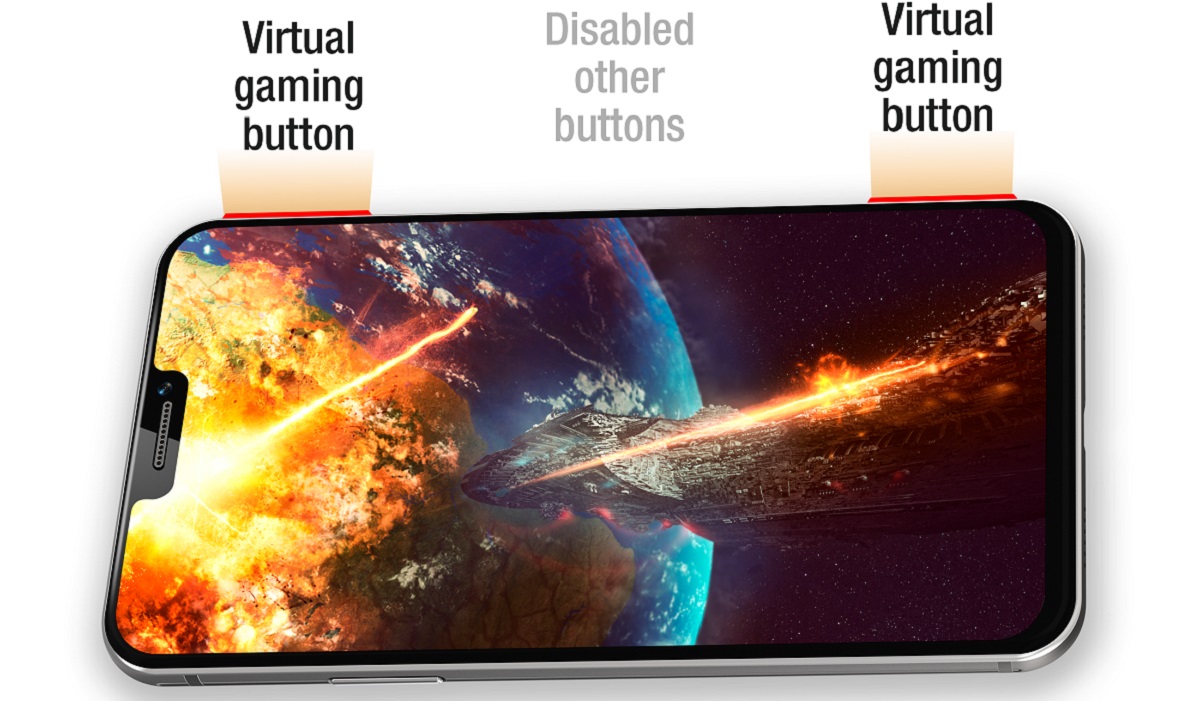Cirrus Logic is launching sensor chips that will bring better tactile feedback, or haptics, to all kinds of gadgets, including gaming devices.
The Austin, Texas-based Cirrus Logic specializes in low-power, low-latency chips that do mixed-signal processing, or taking signals from the real world and converting them into digital. These new sensor chips focus on haptic feedback, and they could be used in devices such as smartphones that get rid of physical buttons and replace them with virtual buttons that give you feedback when you touch them.

Unlock premium content and VIP community perks with GB M A X!
Join now to enjoy our free and premium membership perks.
![]()

![]()